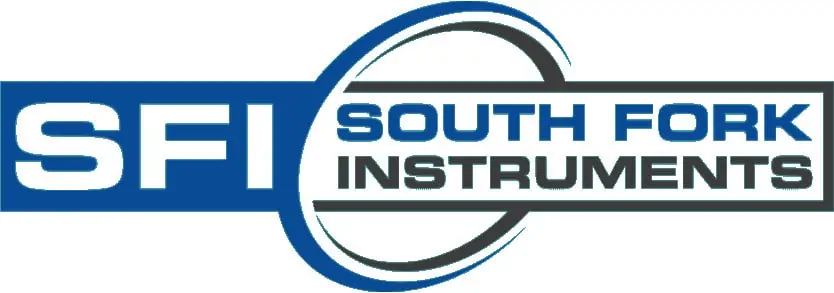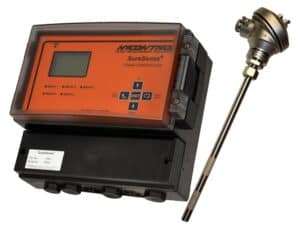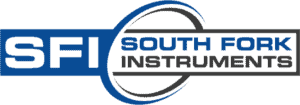Foam is a familiar yet complex material encountered in everyday life—from the frothy head of a beer to the lather of a shampoo. Despite its commonplace presence, the science behind foam involves labyrinthine physical, chemical, and biological processes. Understanding these processes is crucial in industries where foam can affect product quality and process efficiency.
Industries as diverse as wastewater treatment and pharmaceuticals have to be able to rely on precise monitoring and foam control. Accurate foam detection allows companies to achieve a double win: increased operational efficiency and adherence to environmental regulations. By taking a proactive approach, businesses can minimize disruptions and promote sustainable practices throughout their industrial processes.
The Nature of Foam
Fundamentally, most foams consist of gas trapped within a liquid matrix, forming a two-phase medium. This structure includes gas pockets encapsulated in networks of thin liquid films, known as plateau borders. While some foams dissipate quickly, others are remarkably stable and can persist for longer durations due to their composition and environmental factors.
Foam Formation Mechanisms
Foam can develop through several mechanisms, each contributing to its unique characteristics:
- Mechanical Agitation: Vigorous shaking or stirring introduces air into liquids, creating bubbles.
- Gas Evolution: Gas released from chemical reactions or biological activities within a liquid leads to foam formation.
- Chemical Reactions: Some chemical processes naturally produce gas, which gets trapped in the liquid.
- Surfactant Action: Surfactants stabilize gas bubbles by reducing the surface tension at the gas-liquid interface, enhancing foam’s longevity.
- Whipping or Aeration: This method, common in culinary applications like whipping cream, incorporates air into liquids.
- Foaming Agents: Specially formulated chemicals promote and stabilize foam formation in various applications.
Industrial Challenges
In industrial settings, excessive foam can create significant challenges. It can interfere with equipment function, increase maintenance requirements, and even pose environmental risks. For instance, in processes such as anaerobic digestion or chemical manufacturing, uncontrolled foam can cause overflows, disrupt normal operations, and lead to costly production losses.
Technological Solutions for Foam Detection
Effectively measuring foam matters in industries where its management is critical to maintaining operational efficiency and compliance with safety standards. Traditional level measurement techniques often fall short because they are specifically designed for liquids and solids, not a substance that is predominantly gas.
To address the unique challenges foam presents, many level measurement technologies have been tried:
- Radar: High-frequency microwave signals measure the level of materials based on the timing or frequency difference between emitted and received signals. However, radar struggles with foam due to its low dielectric constant, and mostly finds the liquid level below it instead.
- Capacitance: This technology depends on the dielectric properties of the material. It often requires adjustment to its detection limits in order to detect foam and is easily affected by coatings and fouling, all of which can lead to unreliable readings.
- Ultrasonic: Using sound waves to measure distance, ultrasonic sensors are hindered by foam’s ability to absorb these waves, leading to signal loss.
- Vibrating Tuning Fork: Although useful in liquid and solid detection, the light and low-viscosity nature of foam make it difficult for tuning forks to reliably detect its presence.
Tackling Foam Detection with Hycontrol
Given the limitations of conventional sensors, specialized equipment is necessary for accurate foam detection. Hycontrol has developed innovative solutions like the SureSense and SmartFoam systems which utilize purpose-built probes to measure foam directly. These systems are specifically engineered to overcome the traditional hurdles faced in foam level detection. Unlike standard sensors that struggle with the unique properties of foam, Hycontrol’s devices are designed to detect foam’s low dielectric nature and resist issues caused by sensor coating.
The SureSense and SmartFoam sensors utilize advanced electronic configurations to ensure accuracy despite the foam’s tendency to coat and foul measurement instruments. This ensures that process operators can rely on precise data, leading to better process control and reduced risk of operational disruptions.
With these specialized tools, industries facing persistent foam issues can achieve a new level of reliability and efficiency in their operations. Hycontrol’s commitment to innovation in level measurement technology makes it a crucial partner for industries looking to enhance safety, efficiency, and compliance in environments where foam presents significant challenges.
Final Word
Foam’s seemingly simple nature belies its significant impact in industrial settings. For industries that prioritize efficiency and quality, understanding foam formation, behavior, and its effects is crucial. Advanced detection technologies empower businesses to effectively manage foam-related challenges, leading to uninterrupted operations and compliance with strict safety and environmental regulations.
Explore Advanced Solutions with South Fork Instruments
Ready to enhance your process control and tackle foam detection challenges? Contact South Fork Instruments today. As a leading distributor of Hycontrol products, we provide expert advice, installation, and support services. Let us help you find the right solution for your needs. Reach out to our team or visit our website to learn more about our offerings and how we can assist in optimizing your operations.
Read more:
Methods For Reducing The Cost Of Controlling Foam In Industrial Processes
How Hycontrol Overcame Challenges With Industrial Foam Detection
Foam Control In Bioreactors Used In Biopharmaceutical Manufacturing


